9 Basic Computer Components And How To Upgrade It – You know how to use a computer, but how familiar are you with what’s inside? However complex the inner workings of a computer may be, they are made up of only a few component parts.
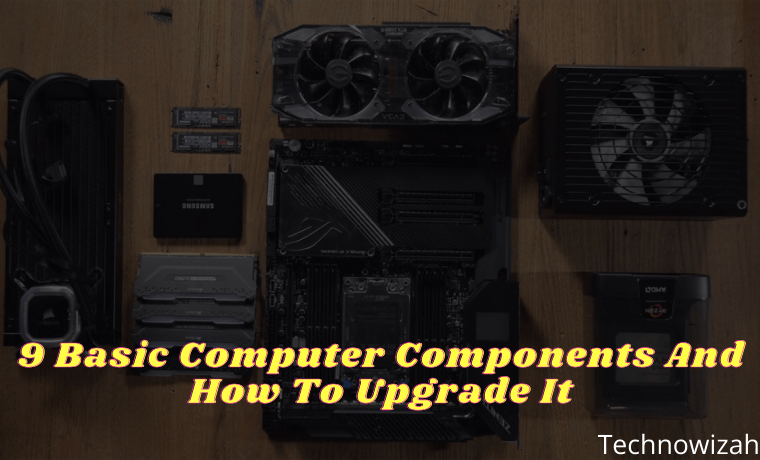
9 Basic Computer Components And How To Upgrade It 2024
But what is their function? What are the different parts of a PC? This time we will show you how to identify the basic components of your computer.
Read more:
What are the Basic Parts of a Computer?
A PC is made up of several discrete components that are designed to work together. With a desktop computer, these components can be easily replaced, less on a laptop. This is due to the dimensions of the laptop, its power and cooling requirements, and the lack of standardization.
Fortunately, this is not a problem with desktop PCs. Designed to last longer, desktop computers can be customized and upgraded by replacing some or all of the components. But what is this component called?
Computer Basic Components
#1. Motherboards
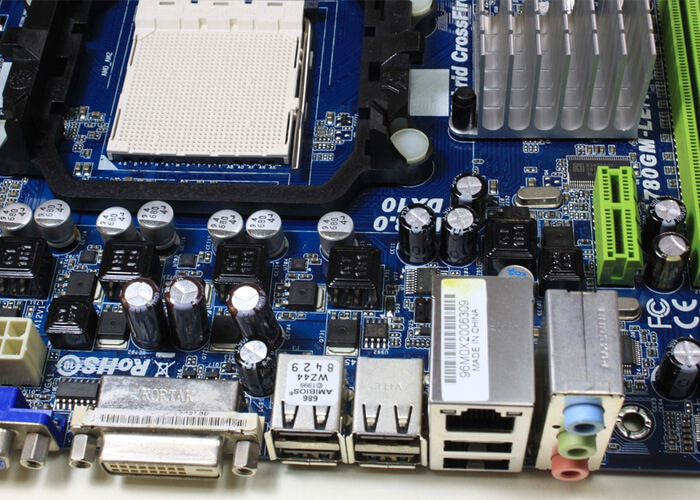
The motherboard or commonly known as the mainboard is where all the components are connected. Inside there are slots for CPU, RAM, storage devices, GPU, and sound cards. If you are a beginner, we will not advise you to upgrade your motherboard yourself.
This requires full compatibility with not only other components but also the PC case. However, the other components discussed here require you to unplug the cable from the motherboard.
#2. Random Access Memory (RAM)
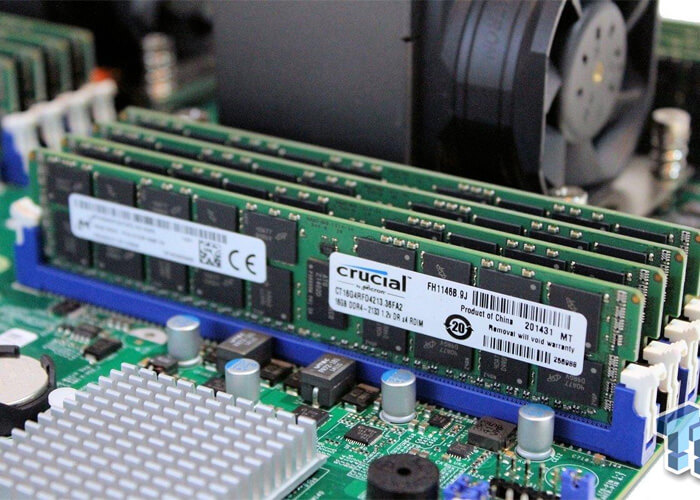
RAM is temporary or short-term memory and is concerned with overall system performance and speed. The RAM module consists of a long stick that plugs directly into your motherboard. Your computer manual or motherboard manual will tell you what is the maximum amount of RAM supported by your system.
The increase in RAM depends on how many slots you have and the maximum size each slot supports. Some computers require that you have the same amount of RAM in each slot. Check the PC manually to confirm this.
Replacing RAM is very easy, you just release the latch at one end of the slot, and pull out the RAM. Thanks to the notch, the replacement module will only fit in one direction. Align the new module by the notches, and press firmly into the slot until the latch locks into place. Check if it is correct and safe.
#3. Central Processing Unit (CPU)
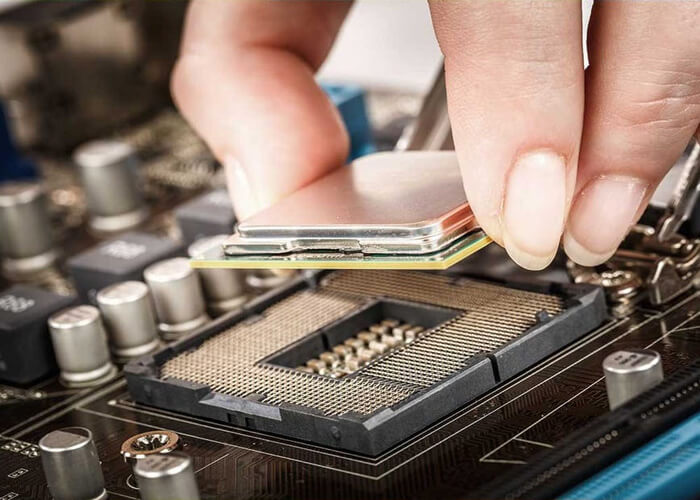
If computers were humans, CPUs would be brains. This is the most important part of a computer. The CPU processes data calculates and controls most of the other components. The CPU sits on the motherboard in a special socket.
It’s important to know that these sockets are sometimes specific to certain CPU generations. They are also specific to the CPU manufacturer (AMD or Intel).
Once secured to the motherboard, the CPU is cooled by a heat sink, usually a heatsink and fan. However, there are other PC cooling solutions available. As with motherboards, never install your own CPU if you are a beginner. In most cases, upgrading your CPU will require a new motherboard, along with a cooler and possibly other components.
#4. Power Supply Unit (PSU)
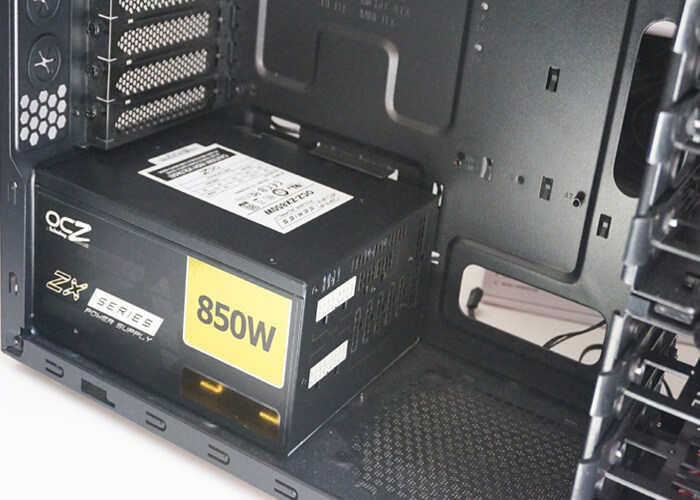
Providing power to the PC is the job of the PSU, usually found on the back of the PC case. Looking at the back of your computer will show you where the power cable is plugged in. There is usually an on-off switch on this PSU, in addition to the power switch on the front of the computer.
The PSU powers the motherboard and CPU via special cables. The SATA power cable powers everything else in the computer. PSUs are rated based on the amount of power they supply (eg 600 watts). It is important that your computer is properly powered. Otherwise, the components will not function properly, and the system will fail immediately.
To upgrade your PSU, research the Video Card and CPU specifications first. You also want to make sure you get the right connector for your system. To replace the PSU, you have to make sure all the internal cables are disconnected. Follow this up by removing the screws that secure it to the PC case.
#5. Fixed Storage Device (Hard Drive Or SSD)
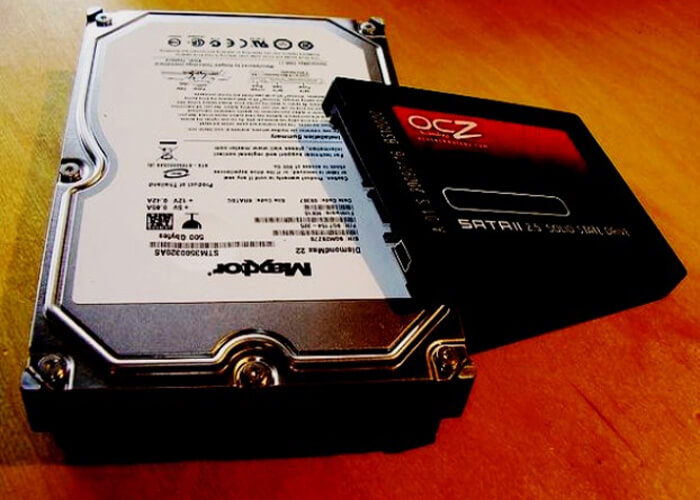
The data is stored on your PC on the storage device. For decades, hard disk drives (HDDs) have served this purpose, but PCs have become increasingly dependent on other devices. A new device was created, namely Solid State Storage (SSD), a 2.5-inch device that looks like an HDD but is much faster.
The HDD and SSD are found on the front of the PC case and are connected to the motherboard via a SATA cable. The drive requires two cables: one for power, and one for data. Older disk drives relied on a wider ribbon cable, known as PATA, with an IDE connector for data. They are powered by Molex plugs.
If the HDD or SSD dies or you plan to upgrade to a larger capacity storage device, they can be easily replaced. Just take the necessary backup precautions, before you unplug the device and remove the screws/safety clips. The SSD or HDD can then be replaced.
#6. Removable Storage: DVD-ROM Or Blu-ray
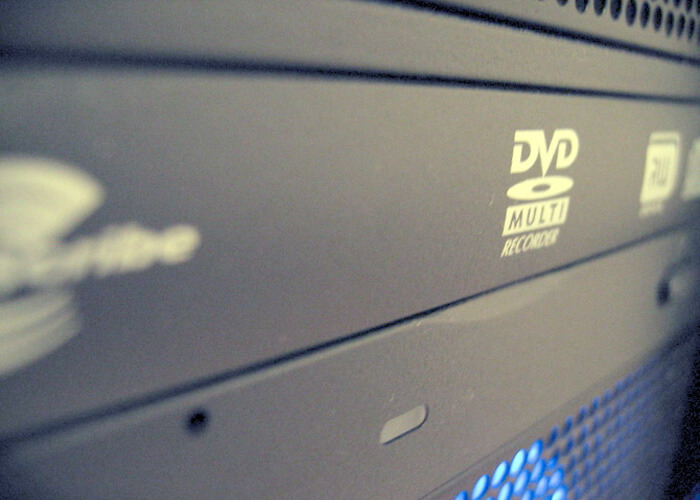
Less common on laptop computers, desktops still seem to ship with optical drives. This is known as removable storage or removable storage, usually a DVD-ROM or Blu-ray drive, with reading and writing capabilities.
Upgrading an optical drive is simple. Unplug, unscrew, or unlock the drive from the bay, pushing out the front of the case. USB sticks or SD cards are also based on flash RAM, which is removable storage.
#7. Cooling Fans
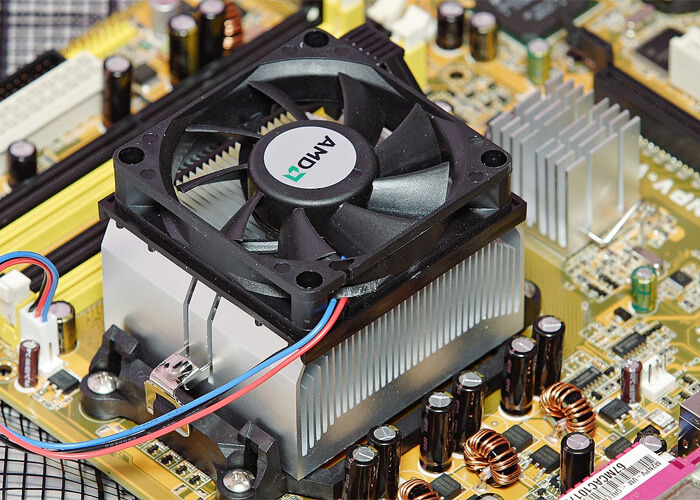
The PC part that is often overlooked is the cooling fans. At least two are required: one for the CPU, and one for the case. The purpose of the CPU fan is to keep the CPU cool. Because of the heat inside the computer, the motherboard fan draws in cool air, the auxiliary fan draws hot air out.
In most cases, there should be a fan on the back of the case, and another on the side or front. Many cases come with built-in fans, but these are usually low-end. Superior fans can be installed, and designed to replace or complement existing cooling solutions.
Cooling fans are usually powered by cables from the PSU and secured to the case with screws. Many also add a built-in LED for cleaning PC cases.
#8. Graphics Card (GPU)
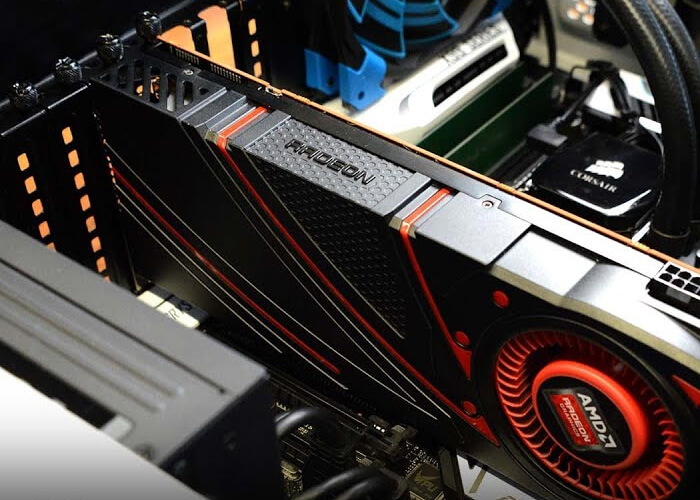
Commonly known as a video card or VGA (Video Graphics Array). The GPU is the device that connects your computer to the display. While older PCs used VGA ports, today’s computers use HDMI to connect to HD displays. In most cases, the video out port is connected to the integrated graphics card on the motherboard. However, this is not always the case.
Modern games require better graphics cards. As such, gamers, video editors, graphic designers, and other specialists use dedicated graphics cards. The GPU slot becomes a dedicated PCI-Express ( PCIe ) slot on the PC motherboard. This overwrites the motherboard GPU.
Graphics cards are prone to compatibility issues such as size specifications, slot placement, motherboard type, processor speed, and power intake. However, the upgrades are quite simple like removing the securing screws and clips, unplugging the GPU, and snapping the replacement in place.
#9. Sound Card
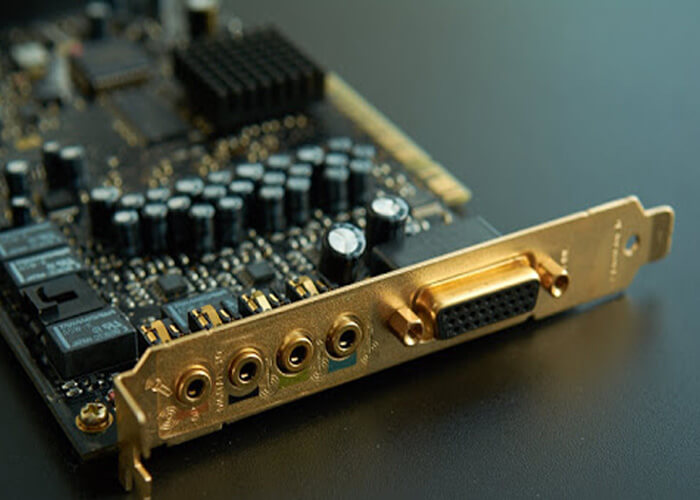
On the back of your PC, you will usually find three to five small circular ports. These are usually colored. In some cases, you may also find it on the front of your PC.
This is the audio port that connects to your computer’s sound card. Like video cards, sound cards are usually integrated into the motherboard. However, for specialist uses such as game and audio development or recording purposes, a dedicated sound card can be used.
The sound card offers various audio enhancements, such as advanced audio processing and Dolby surround sound 7.1. Like the GPU, the sound card is inserted into a PCIe slot on the motherboard (a different slot to the GPU, however). The new sound card has minimal compatibility issues.
Read more:
- 6 Ways to Fix The RPC Server Is Unavailable Error in Windows 10
- How to Reinstall Original Windows 10 on Laptop PC
- 7 Ways To Open Windows Task Manager on Windows10 PC
Conclusion:
By now you should know the names of the various PC parts on your computer. You also need to be able to recognize them and have an idea of how they can be replaced. Now you are on your way to understanding how to fix your own computer and save money. Maybe later you can assemble your own computer.
Don’t forget to bookmark and always visit every day Technowizah.com because you can find here the latest Tech Computer Android games How-to Guide Tips&Tricks Software Review etc, Which we update every day.



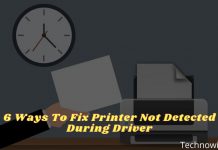







![10+ Ways To Take Screenshot on Asus Laptop Windows 10 [2024] How To Take Screenshot on Laptop and PC Windows](https://technowizah.com/wp-content/uploads/2020/06/How-To-Take-Screenshot-on-Laptop-and-PC-Windows-100x70.jpg)
